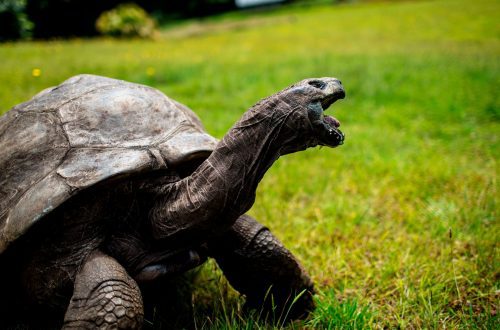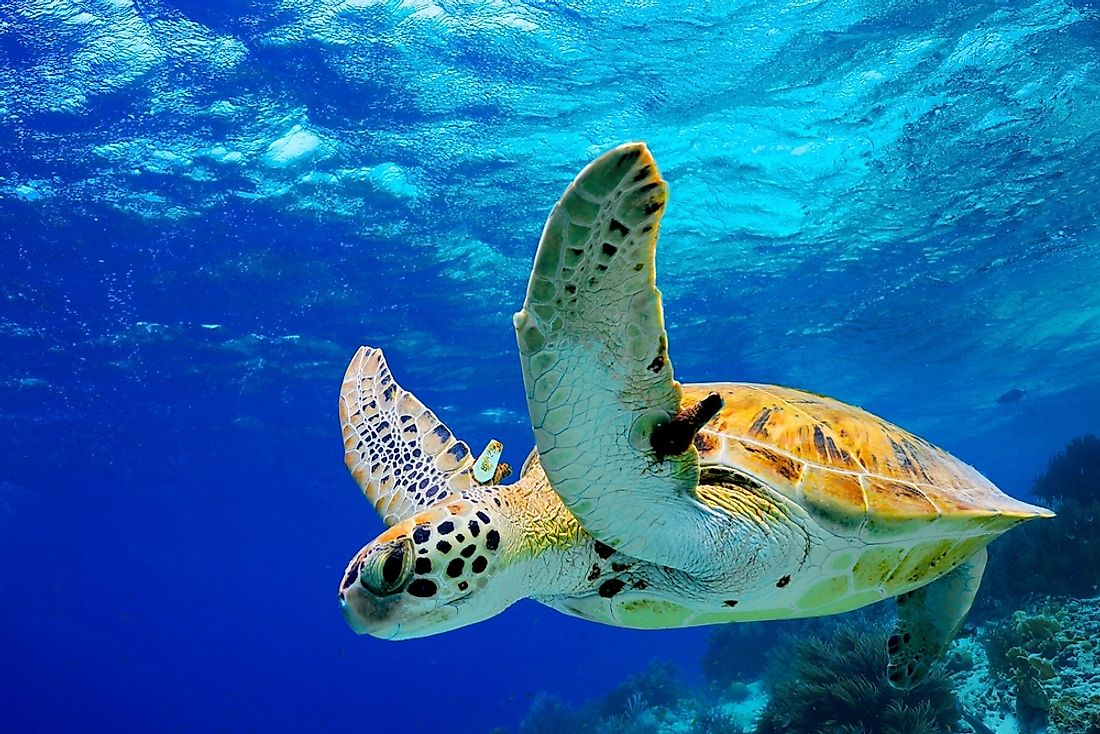
Is a turtle an amphibian (amphibian) or a reptile (reptile)?
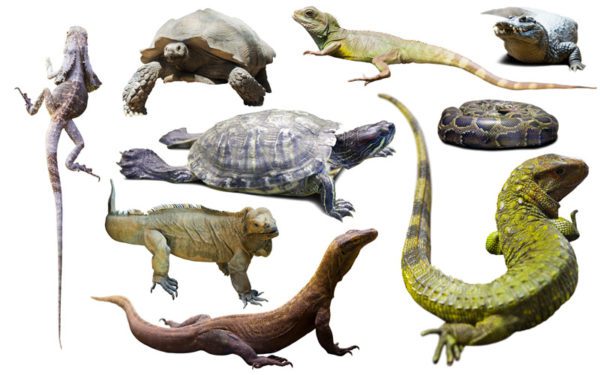
The question of whether a turtle belongs to a certain class from time to time arises among children, animal lovers, and simply inquisitive people. Some tend to consider turtles amphibians (amphibians), others stubbornly attribute them to reptiles (reptiles). And yet, who will truthfully answer the question: is a turtle an amphibian or a reptile?
Turtle is the oldest representative of its class
According to the biological classification, the turtle is a reptile (reptile). Crocodiles, lizards and snakes are its closest relatives, which belong to the class of Reptiles. These are ancient animals that have inhabited the planet for 250 million years. The detachment of turtles is numerous, it unites 230 species.
If we consider the classification in full, then it looks like this:
- Kingdom of Animals;
- type Chordates;
- class Reptiles;
- Turtle Squad.
For your information: The tortoise squad only has species. And those who keep them as a pet should be aware of this. If the Feline species includes many bred breeds, then there are no breeds of turtles, there are only subspecies.
As a reptile, the turtle has:
- leathery cover formed by layers of dead skin;
- four limbs;
- shell (its distinguishing feature);
- the ability to live on land and in water;
- reproduction features: lays eggs.
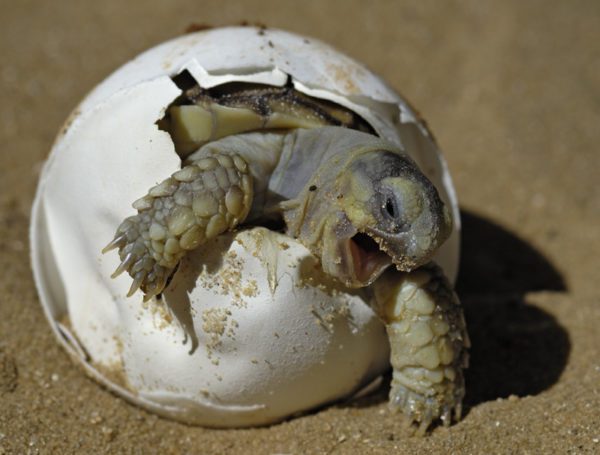
A distinctive feature is the impossibility of self-regulation of body temperature. It is completely dependent on the environment, so in the heat, reptiles hide, and in the cold they go out to bask in the sun. Despite the aquatic and underwater lifestyle of some species, they breathe with lungs.
This is interesting: The animal is not able to get out of the shell. It consists of bony plates that have grown together with the ribs and only the limbs, neck and tail peek out from under it. The shell is heavy, so the reptiles are slow, but the aquatic representatives are very mobile.
Why are turtles classified as amphibians?
The claim that the turtle is an amphibian is based on an aquatic lifestyle. There are land (desert) representatives of the order, but most are associated with water: they live near water bodies or lead an underwater lifestyle, going out on land to warm themselves and lay eggs. It is believed that the turtle is amphibious because it lives under or near water. Based on this, it is endowed with the features of amphibious animals that have skin respiration, gills and lungs and cannot live without water (they breed in it).
But turtles have advanced a little further in their evolution and not everyone needs water. Desert species do without it and lay their eggs in the sand. And aquatic get out on land to acquire offspring. Newly hatched turtles seek their native element. Representatives of marine life breathe with lungs and are forced to emerge from the water to take a sip of air.
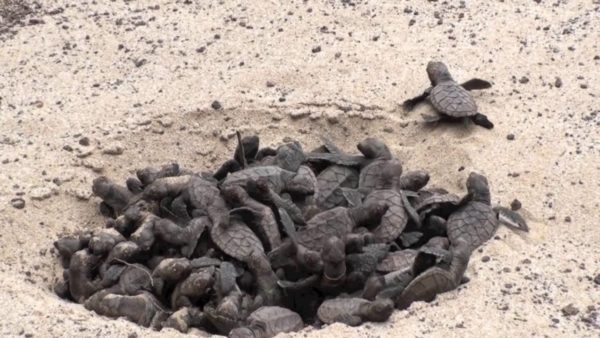
This is interesting: The lifespan of a reptile with a shell depends on the size. Large specimens live up to 100 years or more, medium ones – up to 70-80 years, and in “kids” old age occurs at 40-50 years.
Examples include the bog turtle and the red-eared turtle. These are aquatic inhabitants that are able to stay in the water column for up to 2 hours, emerging for 10-15 minutes to breathe air. In an inhibited state, they are able to switch to anaerobic respiration (without oxygen), when all processes in the body proceed much more slowly. They spend part of their time in the water, like amphibians, and part of their time on land, remembering their relationship with reptiles.
According to some signs, the turtle can be attributed to amphibians. But in its evolution, it has moved forward significantly, having acquired completely pulmonary respiration and having lost its complete dependence on water (we are not talking about marine representatives of the fauna). Therefore, it is pointless to argue about whether to attribute them to reptiles or amphibians. Biologists, having thought through all the pros and cons, have long ranked them as reptiles.
Is a turtle an amphibian or a reptile?
3 (59.3%) 171 votes





